Understand how early-stage funding tools show up in your cap table.
Convertible & SAFE Notes
From founder-friendly terms to financial reporting, we break down the difference between SAFE notes and convertible notes, and what startups need to know from both a legal and accounting perspective.
Founders shouldn’t have to decode legal language or accounting standards just to understand their own cap table. We break down the mechanics of SAFEs and convertible notes in plain English—so you know how these instruments impact ownership, future dilution, and your financial reporting. From day-one issuance to post-conversion cleanup, we’ve got your back.
We simplify what converts, when it converts, and how it affects your equity.
Convertible notes 101
A convertible note is short-term debt that converts to equity during a future funding round—usually with a discount or valuation cap.
Why they exist
Both are fast, founder-friendly ways to raise early capital without setting a valuation too early.
What’s a SAFE note?
SAFE stands for “Simple Agreement for Future Equity”—it’s not debt, doesn’t accrue interest, and converts when qualified financing occurs.
How we help
We track the terms, maintain journal entries, and help founders understand the downstream implications for tax filing and investor reporting.

Where structure matters as much as speed.
Built for seed-stage teams preparing for their first real round.
We work with California-based startups using SAFEs, convertible notes, and hybrid instruments to raise early funding. Whether you're closing a friends-and-family round or prepping for a priced equity raise, we’ll help you:
Record notes properly on your balance sheet
Understand conversion mechanics in your model
Coordinate with your legal team to ensure accuracy
Prep for GAAP, investor, or board-level reporting
-
How do convertible notes convert to equity?
Typically at the next priced round, with a discount and/or valuation cap. The number of shares is calculated based on the negotiated terms in the note.
-
Is a SAFE note considered debt?
No. Unlike a convertible note, a SAFE note is not a loan and doesn’t carry interest or a maturity date. It’s considered a contract for future equity.
-
How are these notes recorded on the balance sheet?
Convertible notes are usually recorded as liabilities. SAFEs are more nuanced—they may be shown as equity or other depending on structure and compliance requirements.
-
Do I need to issue 1099s or K-1s for these instruments?
Generally, no—but the terms of your instruments and your entity structure may affect reporting requirements. We can advise you on what's needed.
-
Can these notes impact my tax return?
Yes, especially upon conversion. Events like interest accrual, discounts, or valuation cap conversions can have tax implications. CPA review is essential.
Guy Hawkins
President of Sales

Guy Hawkins
President of Sales

Guy Hawkins
President of Sales

Guy Hawkins
President of Sales

Guy Hawkins
President of Sales

Guy Hawkins
President of Sales

Guy Hawkins
President of Sales

Guy Hawkins
President of Sales

Guy Hawkins
President of Sales

Guy Hawkins
President of Sales

Guy Hawkins
President of Sales

Guy Hawkins
President of Sales

Guy Hawkins
President of Sales

Guy Hawkins
President of Sales




